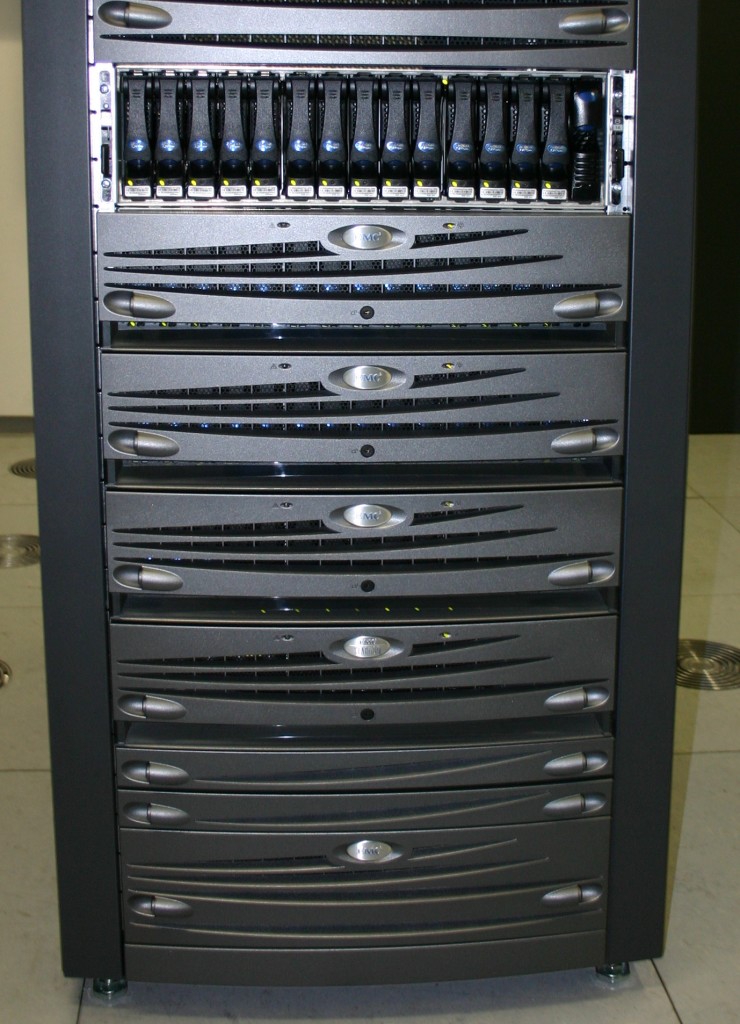Flash storage has been around for a while, but it wasn’t until a few years that it became more competitive for larger capacity storage. A decade ago, most people had a little flash storage memory stick, but these had very low capacity due to the prohibitive cost. As the 
Higher Performance: Flash storage devices, also called solid state drives (SSDs), have an overall higher performance than disk drives. Each component is independent from the others, and there isn’t an arm that needs to move from one part of the drive to another when reading or writing information. This means that SSDs are faster and more efficient than disk drives, all while using less power and generating less heat. The improved performance is hard to miss when booting devices running on flash storage, but it’s also seen in other applications.
Decreasing Cost: Flash storage has gotten less expensive in recent years, and although it still costs more per unit of storage than disk storage does, the cost is coming down and will continue to do so. Now that the cost is closer, many individuals and companies are willing to pay a little extra to get better performance. This is evident when looking at vendors like Pure Storage, which bundles and manages SSDs to maximize performance per dollar. If a flash drive is going to work better than a hard drive of the same size, then many people are willing to pay extra for the improved performance.
Durability: Because an SSD has no moving parts, it’s not very susceptible to mechanical or physical breakage. There’s no spinning disk to break or moving pieces to fail. This means that the drives don’t need to be replaced as often, which makes managing them much simpler and less time-intensive. Plus, the longer life also gives SSDs a few more points in the realm of cost efficiency.
Compact Size: Flash storage is tiny, which is one of the major perks that has led it to be used in its primary applications. Now, many laptop companies are turning to flash storage for their smallest lines of laptops because the storage is small and light. It helps decrease the overall size and weight of the laptop. In addition, the drives generate less heat, which makes them ideal for use in small devices. These advantages also translate well to larger applications because large banks of flash storage don’t need the same amount of space and special cooling setup that banks of disk drives would need.
Flash storage has been advancing in leaps and bounds in the last few years, making it a viable type of storage for small and large applications. Now, even large businesses have the option of choosing to use flash storage for their servers and other high volume storage needs. The increased performance, longer life span, and ease of maintenance from the smaller size all make SSDs an attractive option, and they will continue to gain ground as the price lowers even more in coming years.

